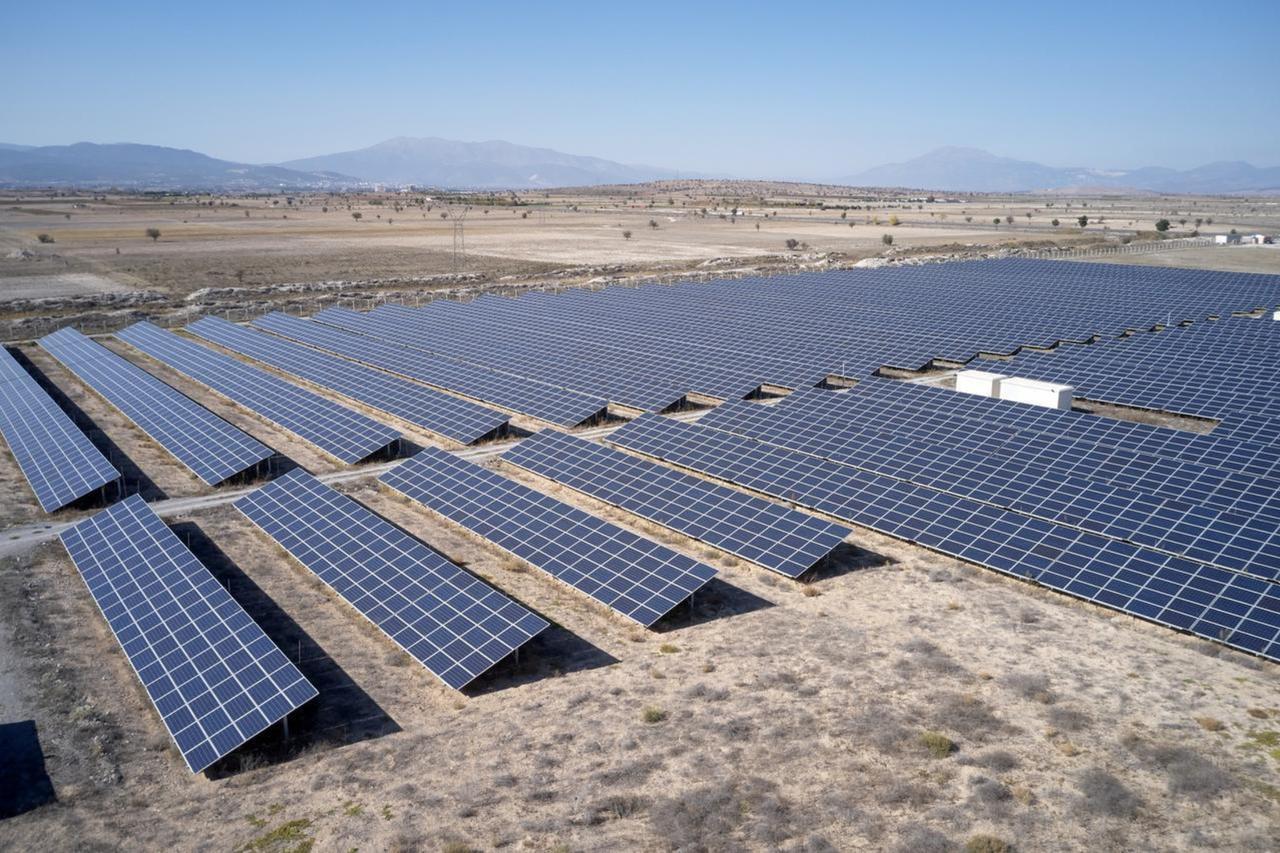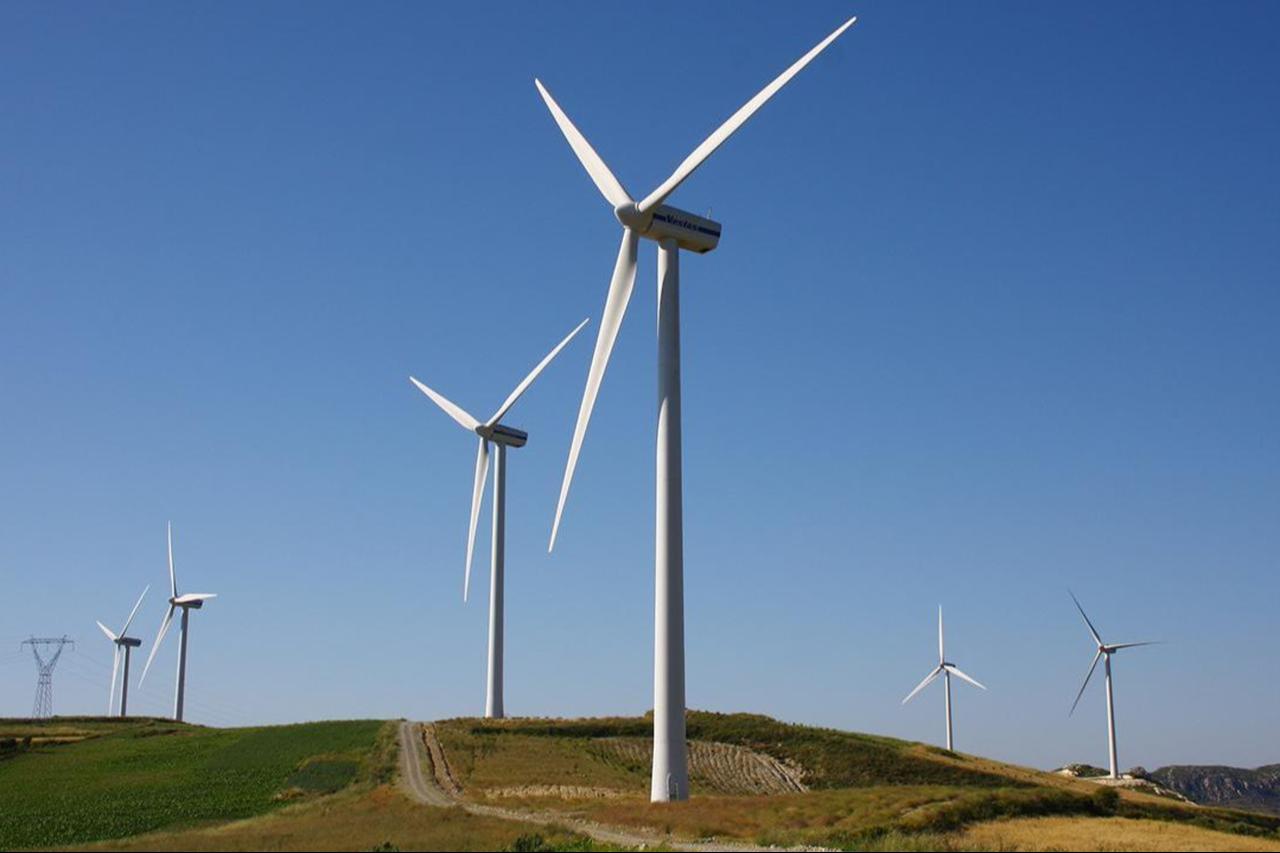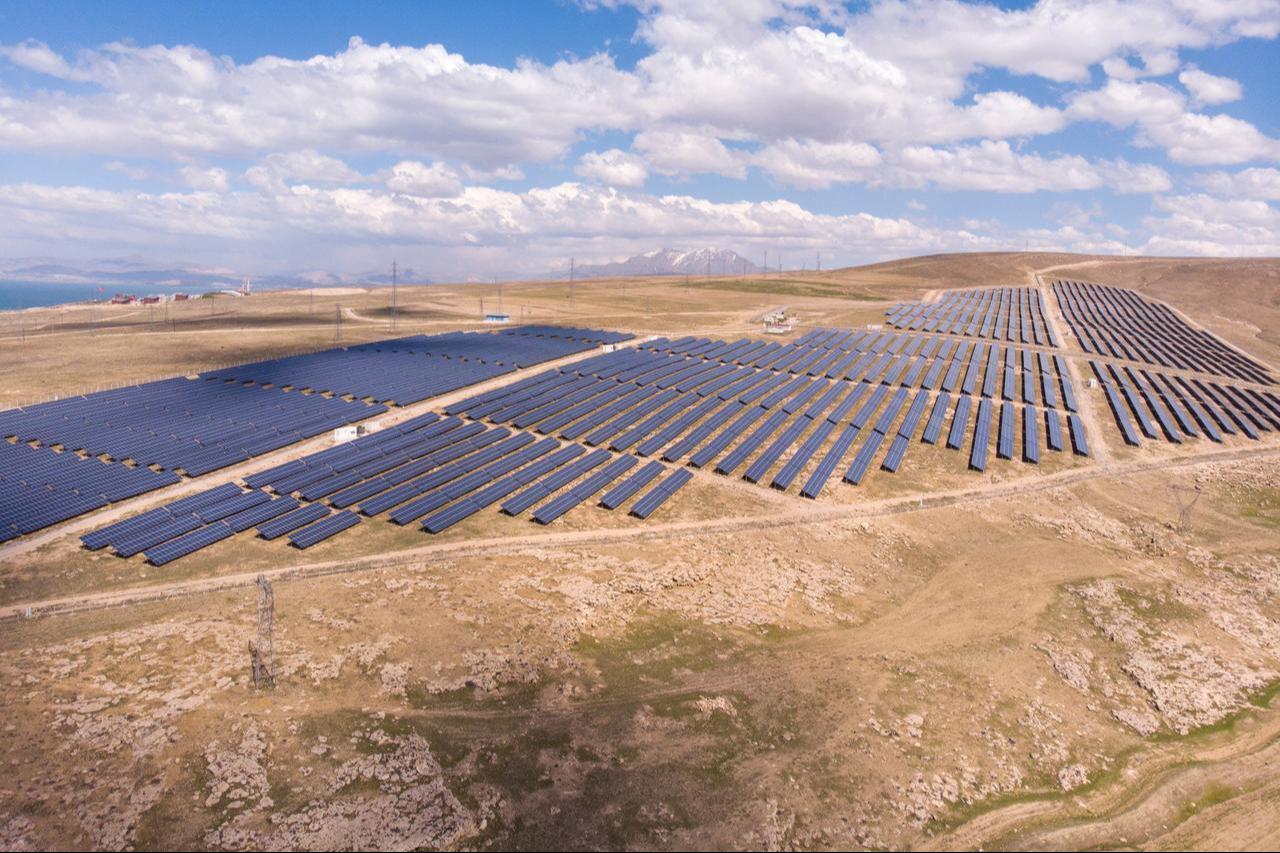
Türkiye could meet its growing electricity demands by adding 8 gigawatts (GW) of hybrid solar capacity to existing hydroelectric and wind power plants, potentially increasing the country's solar power generation by 35%, according to energy sector analysis.
The hybrid solar energy investments would enable Türkiye to exceed 30 GW of total solar capacity without requiring additional grid infrastructure investments, according to international energy think tank Ember's analysis.
Türkiye's electricity demand is projected to reach 455 terawatt-hours by 2030 and 510 terawatt-hours (TWh) by 2035, according to the Ministry of Energy and Natural Resources' National Energy Plan. This growth translates to an additional capacity requirement of 17 GW by 2030 and 27 GW by 2035.

Energy Investors Association (GUYAD) President Cem Ozkok emphasized the need for comprehensive policy measures alongside hybrid solar investments to meet projected energy demands.
"It is clear that Türkiye needs a broad policy set along with hybrid solar investments to meet the increasing energy demand projected for 2030 and 2035 and to accelerate the green transition," Ozkok told state-run Anadolu Agency (AA) on Friday.
Creating flexible market mechanisms will pave the way for investments, according to Ozkok, "If policies centered on storage, market incentives, grid modernization and energy efficiency are implemented simultaneously with hybrid solar investments, Türkiye can realize its energy transformation much faster and stronger within the next 10-15 years," he said.

Hybrid solar installations offer multiple advantages for grid stability and supply security, particularly near consumption centers, Ozkok explained.
"During peak solar production hours at noon, water can be retained at dam-based hydroelectric plants, then activated in evening hours to balance the load curve," Ozkok said.
"On summer days when wind is low, solar production comes online to close the supply gap. Hybrid capacity especially increases supply security at points close to consumption centers," he noted.
The hybrid facilities contribute to grid flexibility by supporting ancillary services such as frequency and reactive power management. While no additional electrical power is allocated to these facilities, they provide a production profile that supports existing capacity.
Ozkok also stressed the importance of regulations enabling widespread adoption of energy storage systems. Battery storage and pumped-storage hydroelectric plants allow more efficient use of variable renewable sources like solar and wind power.
Pumped-storage hydroelectric facilities provide large-capacity, long-duration storage, transferring excess electricity produced during daytime to nighttime hours and contributing to stable grid operations, Ozkok noted.
The primary obstacle facing hybrid power plant projects is capacity limitations, according to Ozkok.
"The reason public authorities don't grant the capacities that plant operators want is the desire to access more affordable electricity production," Ozkok explained. "Lawmakers are working on models that will serve the common goals of both the public sector and existing plant operators, and all stakeholders are aware of the urgent need to implement appropriate models."
Both technologies can be used as both load and generator in the electricity grid, supporting increased grid flexibility, he added.
Even under lower growth scenarios, Türkiye will require an additional 16 GW of capacity by 2035.n The integration of hybrid solar capacity with existing renewable infrastructure represents a strategic approach to meeting these demands while advancing the country's green energy transition.